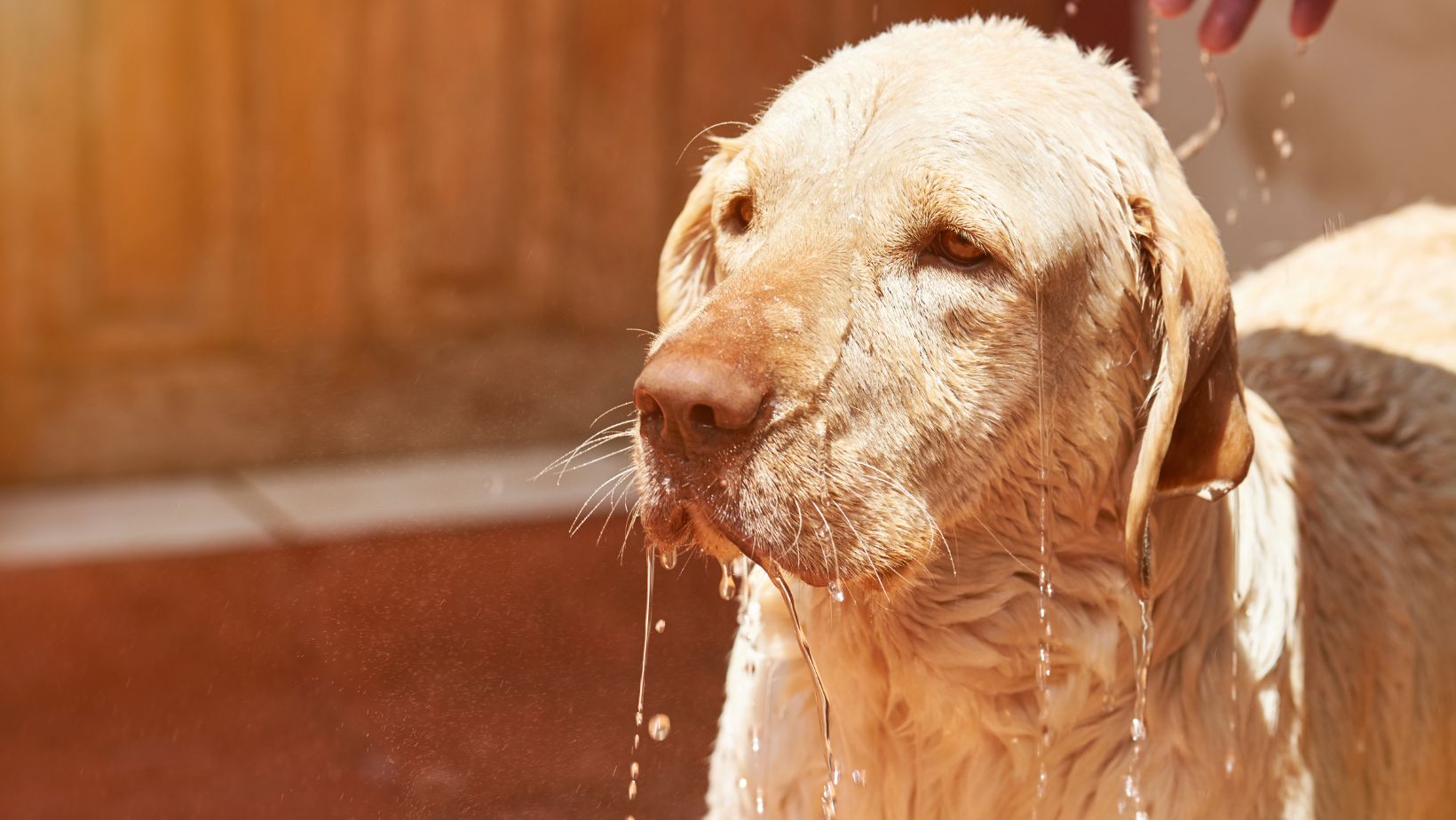If you’re dealing with protective aggression in your Labrador or any other dog, it’s important to address the issue promptly and effectively. Protective aggression can stem from a variety of factors, such as fear, territoriality, or a desire to defend their family. Understanding how to stop this behavior is crucial for maintaining a safe and harmonious environment for both your pet and those around them.
The first step in curbing protective aggression is identifying the triggers that provoke your dog’s aggressive response. It could be specific situations, people, or even objects that they perceive as threats. By recognizing these triggers, you can work on desensitizing your Labrador through positive reinforcement training techniques.
One effective method is counter-conditioning, which involves associating the trigger with something positive rather than threatening. For instance, if your dog becomes aggressive when new visitors arrive at your home, introduce them gradually while rewarding calm behavior with treats or praise. Over time, this can help change their emotional response and reduce their protective instincts.
Additionally, providing proper socialization opportunities for your Labrador from an early age can contribute to reducing protective aggression. Exposing them to various environments, people, and animals will help build their confidence and teach them appropriate ways to interact.

How To Stop Protective Aggression In Dogs
When it comes to dealing with protective aggression in dogs, it is important to first understand what it means and how it manifests. Protective aggression refers to a behavior displayed by dogs when they perceive a threat or danger towards themselves, their owners, or their territory. This type of aggression is commonly seen in breeds like Labradors, known for their protective instincts.
So why do some Labradors exhibit protective aggression? Well, there are several factors that can contribute to this behavior. It could be due to genetics, where certain traits have been passed down from their ancestors who were bred for guarding purposes. It could also stem from a lack of socialization during the critical developmental stages of puppyhood.
Identifying signs of protective aggression can help dog owners address the issue early on. Some common behaviors associated with this type of aggression include growling, barking excessively, lunging towards perceived threats, and even biting if the dog feels cornered or provoked.
To effectively stop protective aggression in Labradors or any other breed, a comprehensive approach is required:
- Socialization: Ensuring that your Labrador has positive experiences and exposure to different people, animals, and environments from an early age can help reduce feelings of fear or anxiety that may trigger protective behavior later on.
- Training and Obedience: Consistent training sessions focusing on obedience commands such as “sit,” “stay,” and “leave it” can establish you as the pack leader and help redirect your dog’s attention away from potential triggers.
- Desensitization: Gradually exposing your Labrador to situations that may trigger their protective instincts while keeping them under control can help desensitize them over time. For example, gradually introducing them to new people or other animals in controlled settings.
- Positive Reinforcement: Rewarding your Labrador for calm and non-aggressive behavior using treats, praise, and affection will reinforce desired actions and help them associate positive experiences with potentially anxiety-inducing situations.
- Professional Help: If the protective aggression persists or escalates despite your efforts, consulting a professional dog trainer or behaviorist who specializes in aggression issues can provide additional guidance and support tailored specifically to your Labrador’s needs.
Remember, addressing protective aggression in dogs requires patience, consistency, and a deep understanding of your Labrador’s individual temperament. With the right approach and proper training techniques, you can help your furry friend overcome their protective tendencies and create a safe and harmonious environment for everyone involved.
By implementing these strategies and seeking professional guidance when needed, you can help your Labrador Retriever overcome protective aggression and create a harmonious environment for both your dog and your family.